
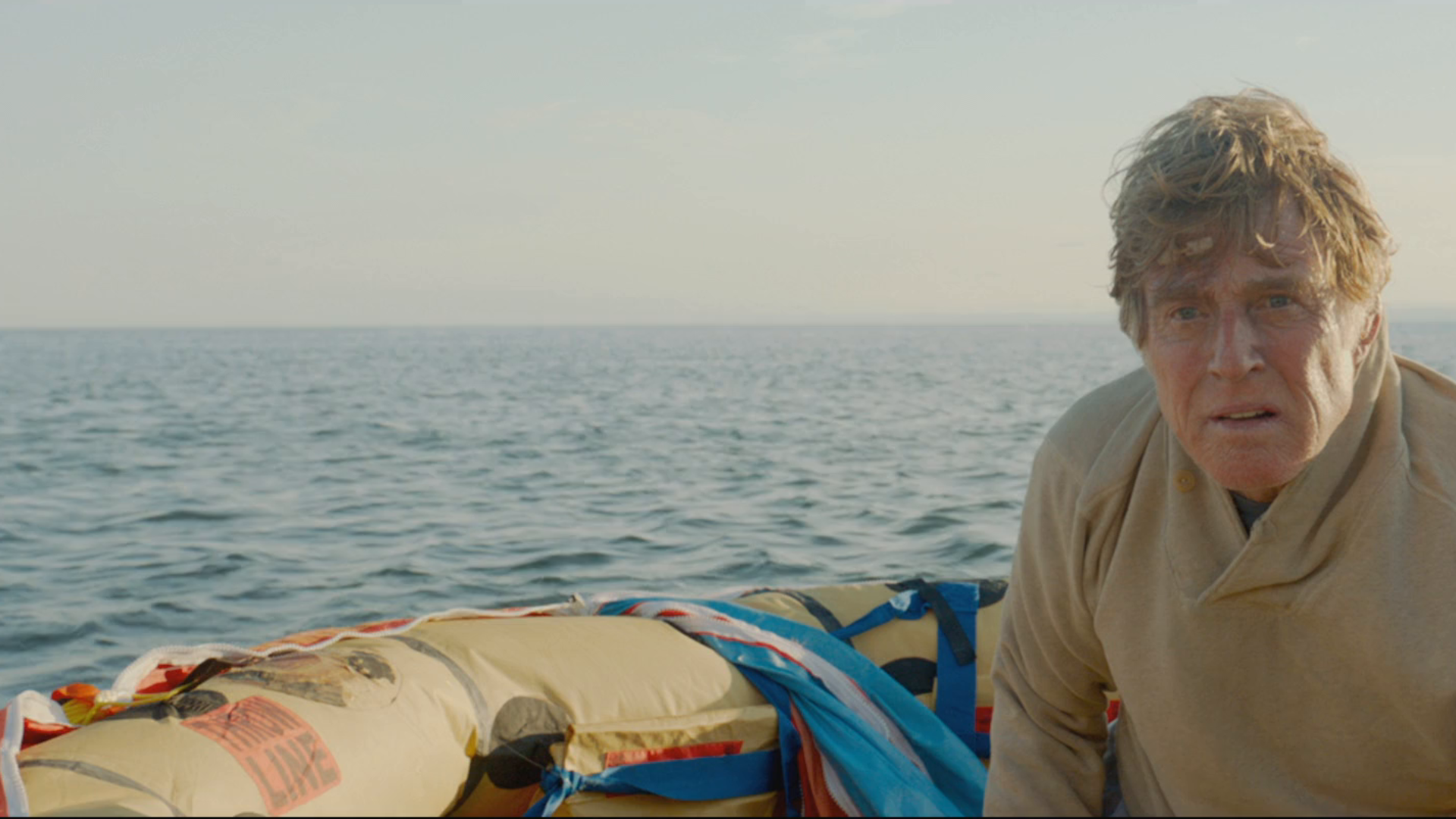
Out of all the locations you can choose from as a filmmaker, setting a film in the open ocean is one of the most challenging and risky decisions you can make. Filming on the open water can be physically demanding, and capturing scenes in this environment require meticulous planning as well as specialised equipment and expertise. Without a variety of settings to break up the story and help progress the narrative, open water movies often rely on deep emotional explorations and character development. However, with these challenges comes the opportunity to create iconic and compelling cinema that tells stories of isolation, survival, and the struggle against nature.
Contents:
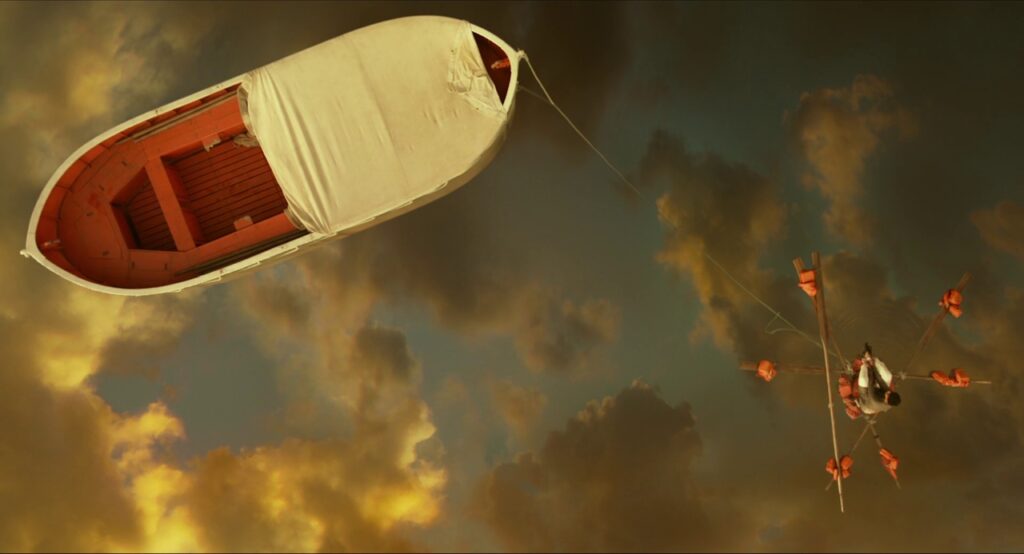
Based on Yann Martel's 2001 novel of the same name, The Life of Pi (2012) is an adventure drama about a young man who survives a shipwreck and is stranded in the Pacific Ocean on a lifeboat with a Bengal tiger.
The ocean scenes for the film were shot in a giant wave tank constructed by the crew at an abandoned airport. The tank, recognised as the world's largest self-generating wave tank, was able to hold up to 1.7 million gallons of water.
Since filming at the tank was planned to last for two and a half months, cinematographer Claudio Miranda was committed to ensuring that the set would life up to the crew's creative vision. He explained that "it made sense to create a space where we could control everything... we had a vision of what the weather should look like. In that tank, I could simulate storm clouds, create nightfall, and use curtains to block out light, or open doors to let in natural sunlight."
SuperScout is your own private location library – upload locations in minutes, tag them with ai in seconds, then search and share with your team

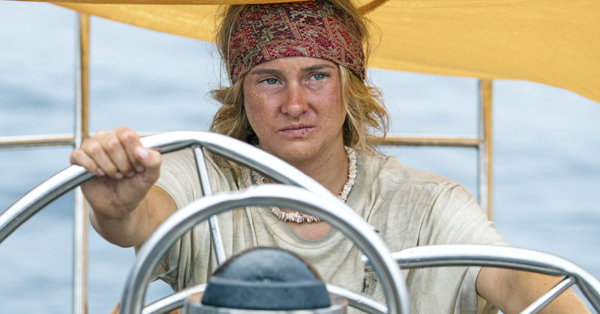
Based on a true story, this romantic drama follows a couple who gets caught in a catastrophic hurricane while sailing across the Pacific Ocean.
The narrative was inspired by Tami Lee Oldham Ashcraft, an American sailor who survived 41 days in the Pacific Ocean in 1983. Tami managed to sail the damaged boat over 1,500 miles to safety, a journey of isolation and despair that she recounts in her memoir, Red Sky in Mourning, which served as the basis for Adrift (2018).
Filming took place over the course of 49 days, most of those out at sea in Fiji. Scenes were shot a two-hour boat ride from land and required long filming days, during which time many of the cast and crew experienced seasickness.
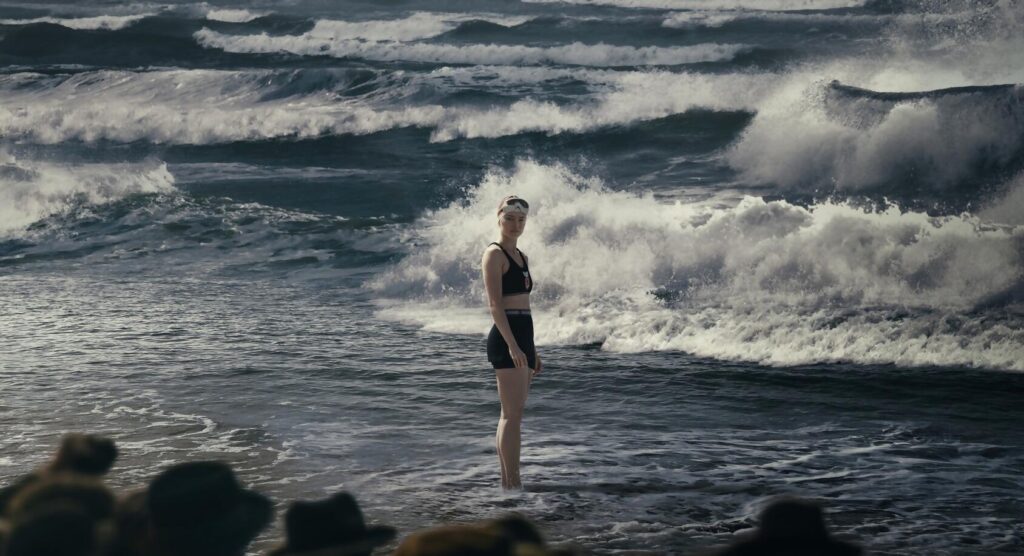
The Young Woman and the Sea (2024) is a moving biopic about Trudy Ederle, who in 1926 became the first woman to swim the English Channel.
Daisy Ridley, who played Ederle, received support for the role from Olympic swimmer and coach Siobhan-Marie O'Connor, who coached her through months of open water swimming training, and helped her learn how to swim in a way that was true to the style of the 1920s.
Director Joachim Rønning, was intent on making the film as authentic as possible: “I wanted to be on the ocean. I wanted to be in the real elements with Daisy Ridley swimming through the currents and cold water".
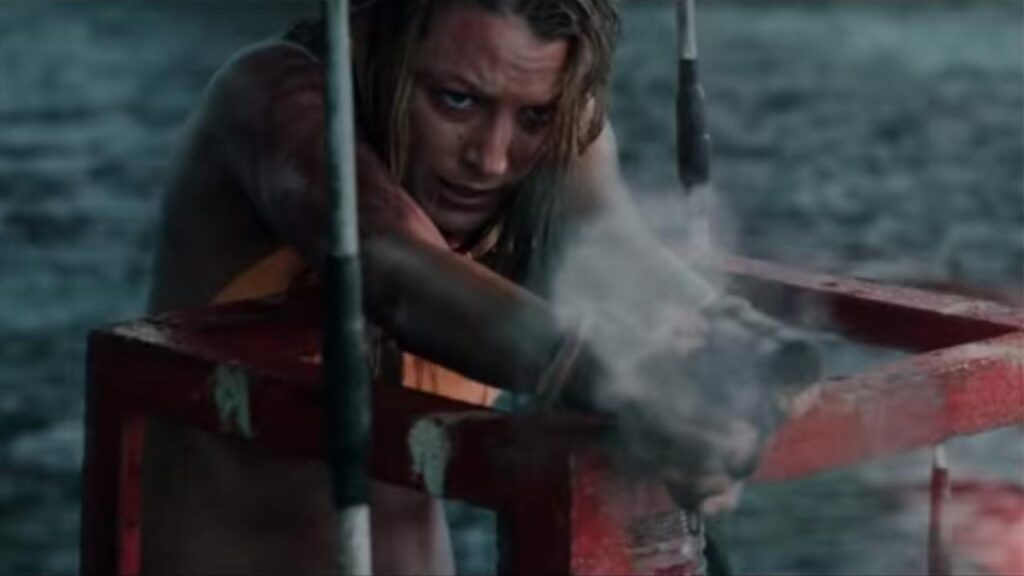
A survival horror film featuring a young woman who finds herself trapped on a rock just 200 yards from shore, with a great white shark circling the waters.
Whilst most of the film was shot in a tank using bluescreens (and an entirely CGI shark), director Jaume Collet-Serra wanted to create the illusion of a real setting, and so peppered the scenes with those in a real open water setting, explaining "every scene has one real shot, and the other 99% is not – but that one real shot tricks you".
Open water movies often require stunt professionals who are able to navigate challenging and unpredictable conditions, such as strong currents, changing tides, and rough waves. Blake Lively performed some of her own stunts, including a scene where her character breaks her nose and sustains an actual injury, however she was supported by lead stunt double, Kelly Richardson and surf double, Isabella Nichols.
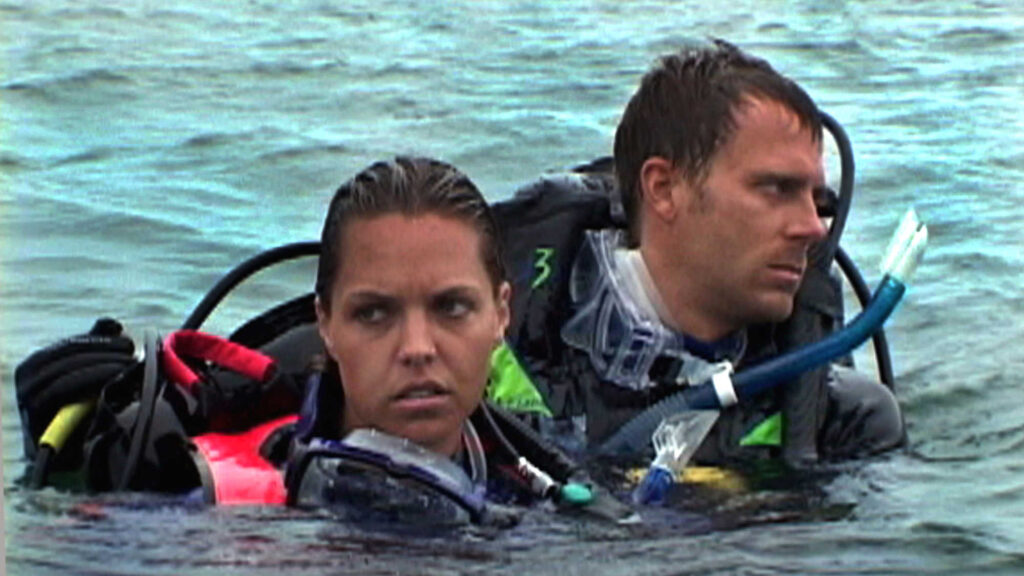
Open Water (2003) is suspense thriller based on a true story about a couple stranded in the middle of the ocean after being accidentally left behind by their scuba diving group. The film is loosely inspired by the true story of Tom and Eileen Lonergan, who, in 1998, where accidentally left behind on a scuba diving tour of the Great Barrier Reef.
Rather than using CGI or mechanical puppets, Open Water (2003) used live sharks. Production wanted to show an authentic representation of shark behaviour, rather than the sensationalised version that is often seen.
Whilst the real-life events that inspired the story occurred in the southern Pacific Ocean, the film shifts the setting to the Atlantic Ocean. Filming locations including The Bahamas, the United States Virgin Islands, the Grenadines, and Mexico.
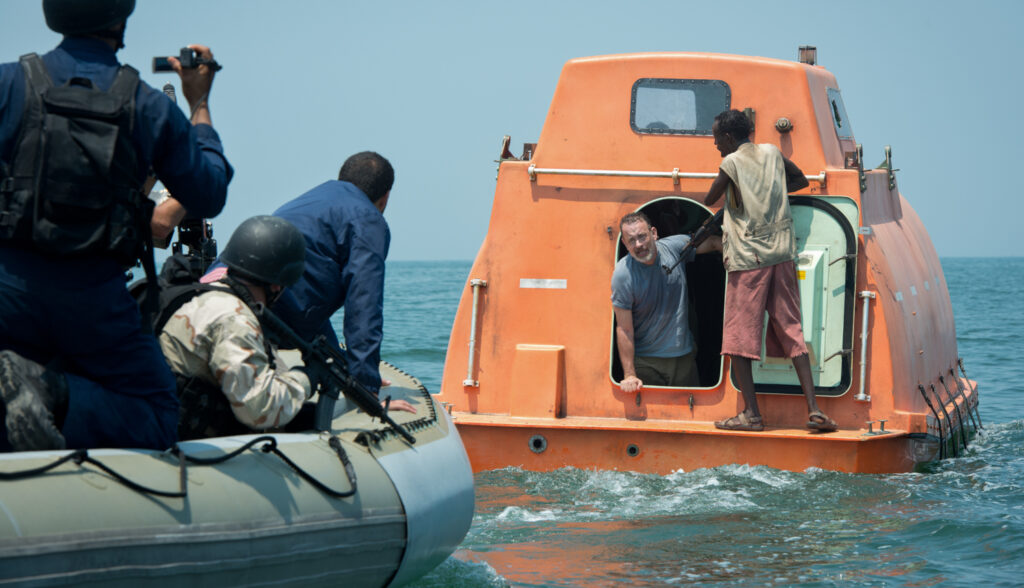
A gripping thriller based on real events, Captain Phillips (2013) tells the story of Richard Phillips, the captain of the American cargo ship Maersk Alabama. As the ship travels off the coast of Somalia, it is hijacked by a group of Somali pirates.
A vast majority of filming took place off the coast of Malta in the Mediterranean Sea. The crew spent nine weeks shooting on the Alexander Maersk, a container ship that's identical to the Maersk Alabama.
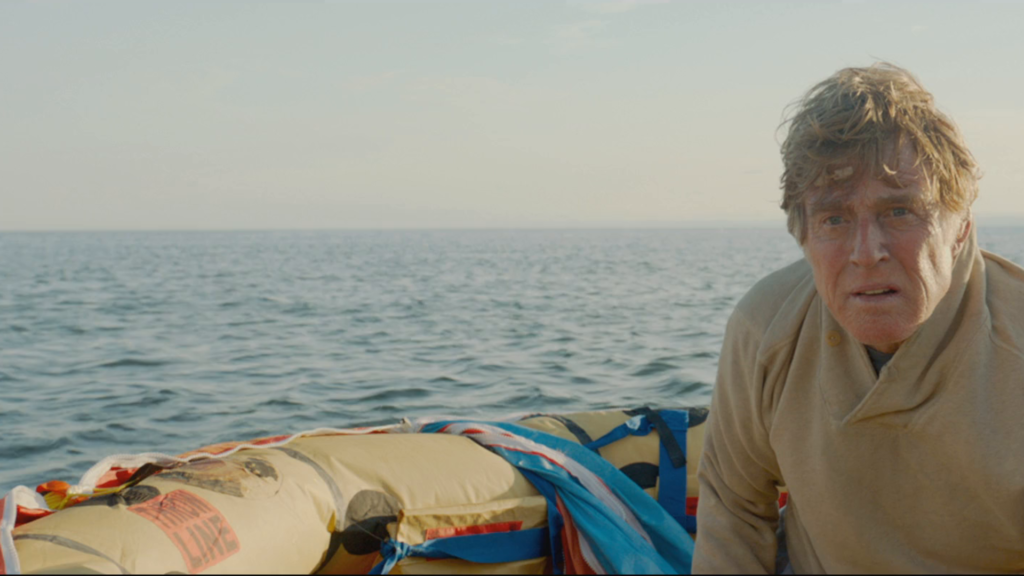
All is Lost (2013) is a survival drama starring Robert Redford as a lone sailor struggling to survive after his yacht is damaged in the Indian Ocean.
Principal photography started in mid-2012 at Baja Studios in Rosarito Beach, Mexico. This studio, initially constructed for Titanic (1997), provided a large water tank where filming occurred over the course of two months. The crew also spent "two or three days" shooting scenes in the real ocean, which Director Chandor noted was much less time than audiences might first think.
From digital effects to blue screens, and water tanks to open oceans and live sharks, there's a wide variety of ways to justice to movies about the deep sea. Open water movies immerse viewers in the unpredictability and danger of the ocean, a setting that audiences keep coming back to.
But this kind of filming presents unique challenges that often require careful location choices, stunt professionals and expensive equipment to provide a realistic portrayal of navigating the sea. Whether drawing from true survival tales or pushing the boundaries of action and adventure, open water films continue to test the limits of both storytelling and filmmaking.
SuperScout is your own private location library – upload locations in minutes, tag them with ai in seconds, then search and share with your team

